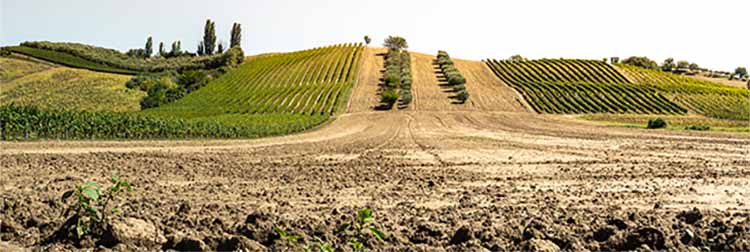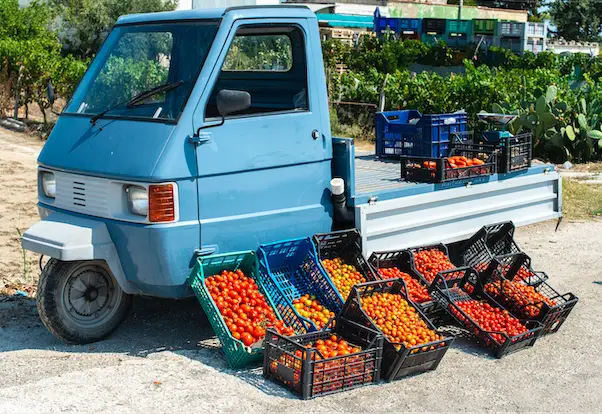In the news today we look at Italy’s food and beverage industry. In the first five months of 2021, Italian products recorded an all-time high in exports, with a leap of +8.9%, compared to the same period of 2020. After being the only Italian growing economic sector in 2020 (total value 46.1 billion euros). According to the analysis of the Italian farmers association, Coldiretti, on the basis of ISTAT data on foreign trade, the health emergency has caused a global healthy turn in consumers, who have favoured products allied to well-being such as those typical of the Mediterranean diet.

EXPORTS CHAMPS
During the CV travel pandemic, food and beverage have become the main wealth of Italy for a value equal to 25% of GDP or 538 billion euros along the entire food chain, from field to table. In Italy the sector can boast four million workers engaged in 740 thousand farms, 70 thousand food industries, over 330 thousand restaurants&co. and 230 thousand retail outlets. This is what Ettore Prandini, the president of the association of Italian farmers, Coldiretti, said in his speech at the Food System pre Summit of the United Nations in the session dedicated to “From the G20 Matera Declaration to the Food Systems Summit: A Framework for Emerging Coalitions of Action”.
ITALIAN FOOD’S TOP IMPORTING COUNTRIES
So just where are Italy’s top food import countries? Among the main importing countries we can find the United States, which recorded the greatest increase in demand (+14.2%) in the first months of 2021. This has been favoured by the coming into force, on March 11, 2021, of the agreement on the suspension of all duties related to the Airbus-Boeing dispute. Thus the additional duties of +25% were eliminated on exports to the USA of Parmigiano Reggiano PDO, Grana Padano PDO, Gorgonzola PDO, Asiago PDO, Fontina PDO, Provolone Valpadana PDO as well as salami, mortadella, shellfish, citrus fruits, juices, cordials and liqueurs.
Export trend was also positive in Germany, which ranks first among the importing countries of Italian food with a growth rate of +5.4%. The same as France’s, which ranks third, while in fourth place we find the UK where, due to Brexit, Italian food exports fell by -8.4%.
The health crisis has had a hard impact on consumption habits in France. At first, many consumers have stocked up on grocery products such as pasta, rice, canned fish, and tomatoes. Many others started preparing some typical Italian food, such as pizza, and bread at home. There was also a strong trend towards replacing fresh products with frozen foods and an increasing interest in organic products. Sales in the large-scale retail trade benefited from this, especially home delivery and click & collect formats. Online sales of food products in 2020 reached a share of total sales of 7.8%, with peaks during confinements, compared to a 5.8% share in 2019. This trend is continuing into 2021.
Link to Source Article



